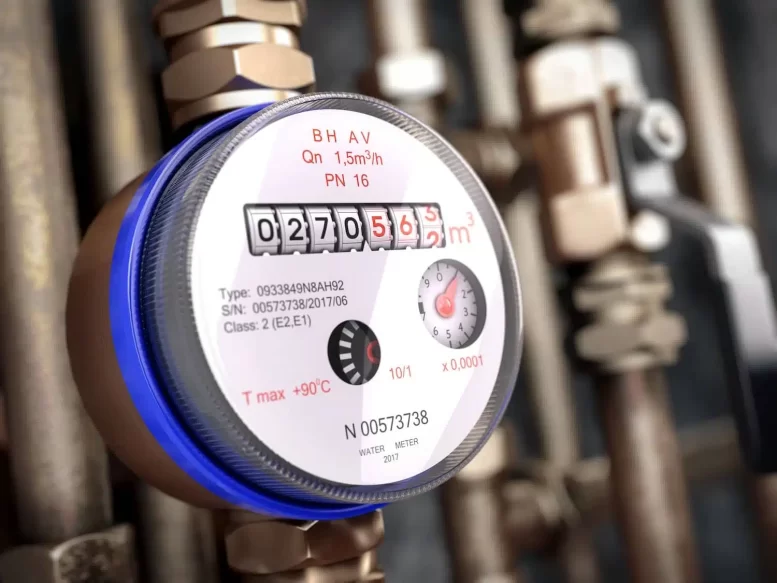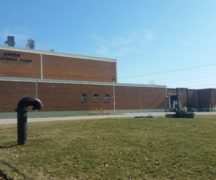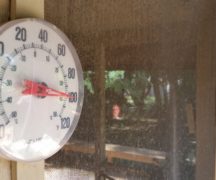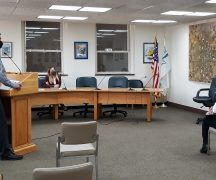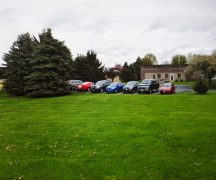By JAN McLAUGHLIN
BG Independent News
For Bowling Green to accurately bill its customers for water and sewer services, well functioning water meters are required.
But recently, a higher failure rate of water meters due to aging equipment has been seen by the city’s water distribution and wastewater collection division.
It’s gotten to the point that crews are having to replace 40 to 50 water meters every week, explained Brian O’Connell, the city’s director of public infrastructure and utilities.
It is the city’s responsibility to replace failed meter equipment, O’Connell reported during Monday’s meeting of the Board of Public Utilities. And the infrastructure inventory budget just doesn’t have enough funds to keep up the replacement pace for the rest of the year.
So the utilities board agreed to shift $180,000 from the unappropriated water capital reserve fund to the infrastructure inventory fund for new meters and transmission units.
O’Connell predicted the high numbers of failing water meters will continue for another couple years, as more meters reach the estimated 15-year lifespan.
In other business at Monday’s meeting, the board approved the purchase of new equipment and vehicles for the city’s electric division.
In March, the board passed a resolution to purchase a used line truck and bucket truck, resulting in a savings of more than $75,000 than if new trucks were purchased.
Jim Odneal, the city’s assistant utilities director, said the electric division planned to include a new backhoe in its 2025 budget request to replace an existing backhoe. But with equipment prices expected to rise next year, and funds available this year, Odneal recommended purchasing the backhoe this year.
Using a governmental purchasing program with a competitive pricing option, the electric division is interested in a new John Deere backhoe for $105,368.
The board approved the purchase and the passing of hand-me-down equipment. It was recommended that the electric division’s existing backhoe go to the water pollution control division since it is in better condition than the one currently used by that division. The existing water pollution control backhoe would then be traded in, with the estimated $10,000 trade in going toward the new equipment purchase.

